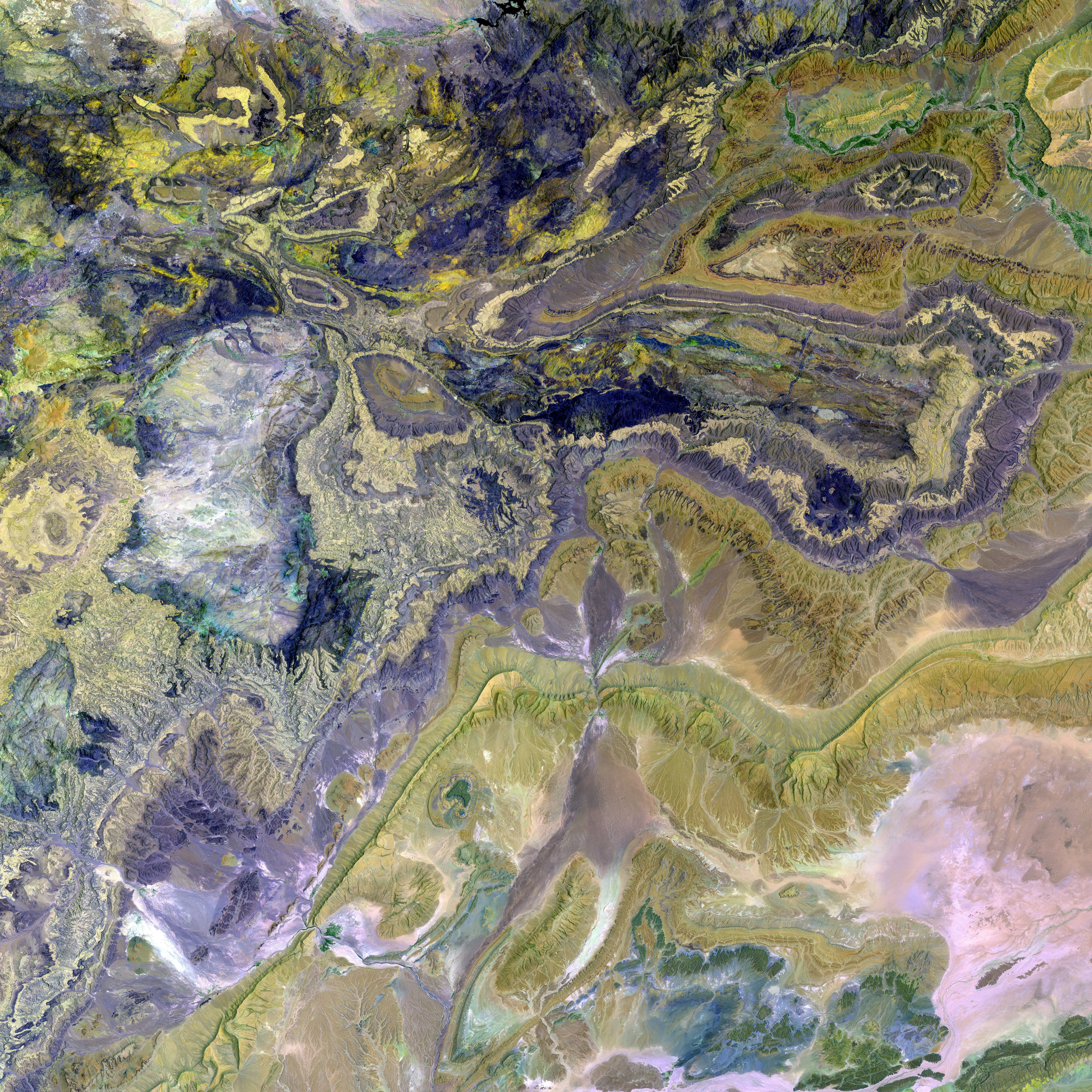Distinguishing Age Spots from Skin Cancer: Essential Guide for Recognition
Harmless Age Spots vs Skin Cancer: Different Appearances, Symptoms, and Treatments
As individuals age, they may notice harmless skin marks known as age spots or solar lentigines. These spots can resemble certain types of skin cancer or precancerous growths, necessitating the understanding of their differences to determine when medical advice is required.
Both age spots and skin cancer are likely to emerge on areas most exposed to the sun, such as the face, hands, or shoulders. Understanding the primary distinctions between these two conditions aids in identifying potential concerns. Factors such as texture, color, and placement often provide clues.
Age Spots
Age spots are small, darker patches on the skin, usually yellow, brown, or gray. These spots are typically flat and smooth, lacking any itching or crustiness. They are formed due to the body's increased production of melanin, a pigment that protects the skin from the sun's harmful UV radiation. Age spots are more common in individuals with lighter skin but can appear on any skin tone, often from middle age onward.
Skin Cancer
Skin cancer is a type of cancer that can also resemble age spots, as it tends to grow in areas frequently exposed to the sun. This prevalence is due to the damage caused by UV radiation from the sun or tanning beds. Skin cancer results from damage to skin cells caused by UV radiation or other environmental or genetic factors, leading to mutated and rapidly growing cells that, unlike age spots, can be harmful.
Notably, the three most common types of skin cancer are basal cell carcinoma, squamous cell carcinoma, and melanoma. Another potential misinterpreted mark is actinic keratosis, a precancerous growth caused by UV radiation damage.
Can Age Spots Turn into Cancer?
While age spots cannot evolve into cancer, actinic keratosis, which may appear similar, is a precancerous growth. If left untreated, this condition could potentially progress to cancer. It is essential to monitor any new or changing skin marks and consult a healthcare professional if skin cancer or actinic keratosis symptoms arise.
Symptom Comparison
Comparing the symptoms of age spots and skin cancer can help discern which condition is present:
Age Spot Symptoms
- Flat and smooth
- Yellow, brown, or gray
- Clearly defined borders
- Sizes ranging from a few millimeters to centimeters
- Regularly observed on sun-exposed areas
Skin Cancer Symptoms
- Symptoms vary depending on the type of skin cancer
- Shapes, colors, and sizes that appear irregular
- Multiple color tones on the same spot
- Pain, itching, oozing, or bleeding
- Crusty or scaly patches
- Raised edges that lower in the middle
Actinic keratosis symptoms include raised, rough, or scaly patches, as well as red, pink, or skin-colored patches, flat scaly patches resembling age spots, and scaly, rough bumps in clusters similar to acne.
When to Contact a Doctor
Generally, individuals should discuss any unusual skin changes with their doctor. Identifying skin cancer early can facilitate easier treatment and improve health outcomes. Seek medical advice if a new mark on the skin:
- Changes in color, shape, size, or location
- Appears different from other marks on the skin
- Itches, crusts over, or bleeds and does not heal within four weeks
Diagnosis
A doctor or dermatologist can diagnose age spots through visual inspection and evaluation of the spot's appearance, texture, and placement. If unsure, a skin biopsy might be performed to rule out other conditions, such as skin cancer or actinic keratosis.
Treatment
While age spots do not require treatment because they are generally harmless, people may choose to get treatment for cosmetic reasons. Possible treatments include topical creams, laser treatments, cryosurgery, microdermabrasion, and chemical peeling.
For skin cancer and actinic keratosis, treatment options depend on the type, stage, and individual circumstances. These may involve topical therapies, radiation therapy, chemotherapy, immunotherapy, and targeted systemic medications.
In summary, age spots, skin cancer, and actinic keratosis share some similarities but have unique differences that can signal when medical attention is essential. Regular skin checks and sun protection are vital for prevention, early detection, and improved health outcomes.
- In seniors, it's crucial to distinguish between harmless age spots and skin cancer, as both conditions can appear similar on sun-exposed areas.
- Skin cancer is a medical concern that can resemble age spots, and it's essential to understand its symptoms, such as irregular shapes, colors, and sizes, pain, itching, or bleeding.
- Actinic keratosis, a precancerous growth, can sometimes be mistaken for age spots but may exhibit symptoms like raised, rough, or scaly patches, red or pink areas, and scaly, bumpy clusters.
- While age spots do not evolve into cancer, neglected actinic keratosis could potentially advance to skin cancer, underscoring the importance of medical consultations.
- In the field of dermatology and oncology, science continues to uncover new insights about skin-care, health-and-wellness, skin-conditions, and medical-conditions like age spots, skin cancer, and actinic keratosis, emphasizing the need for continued education and awareness.








